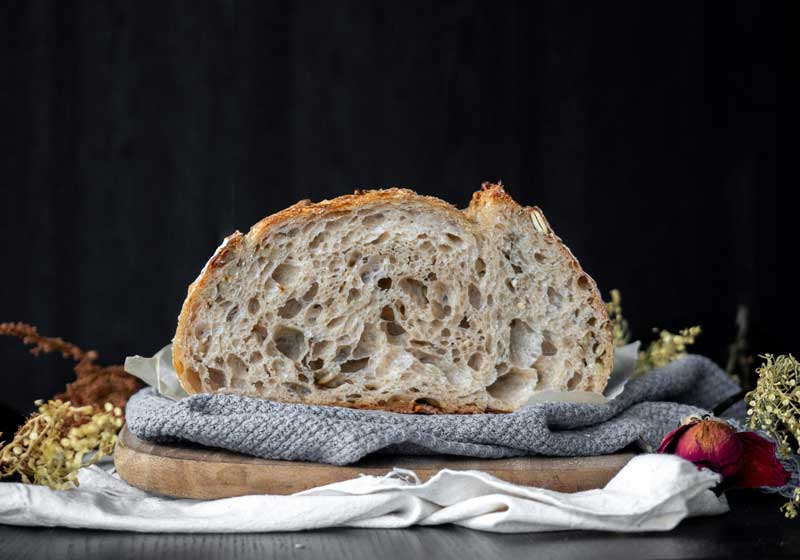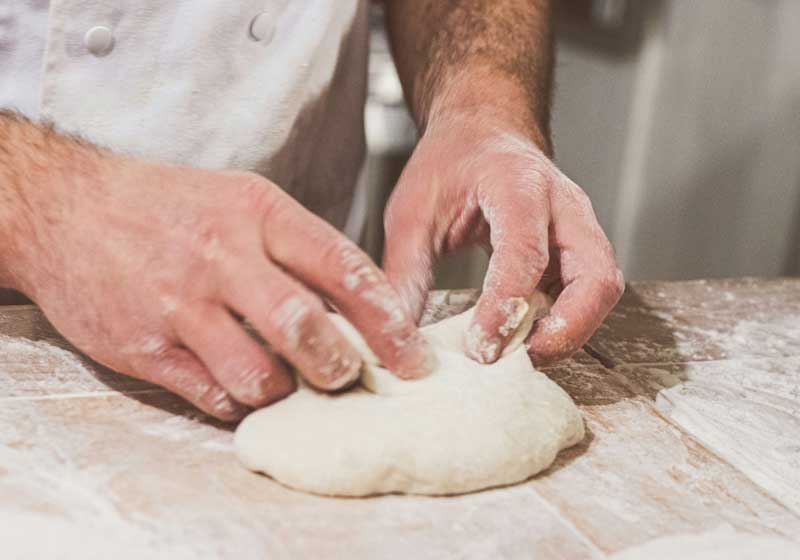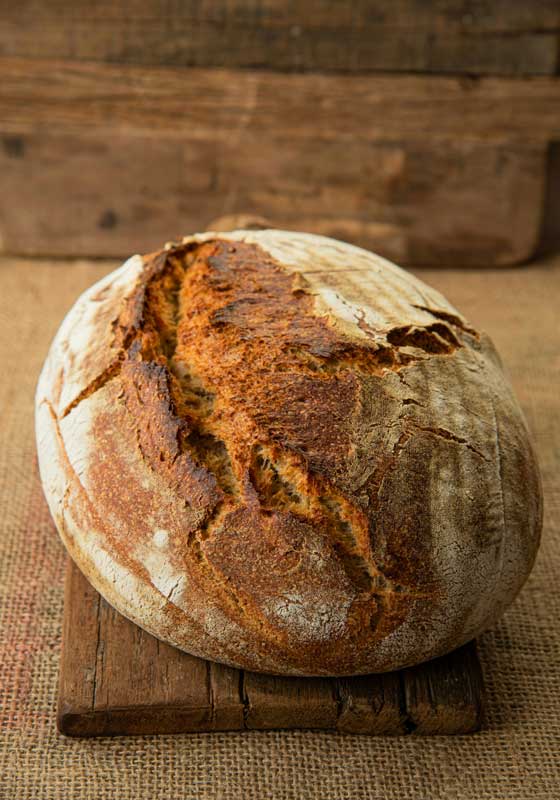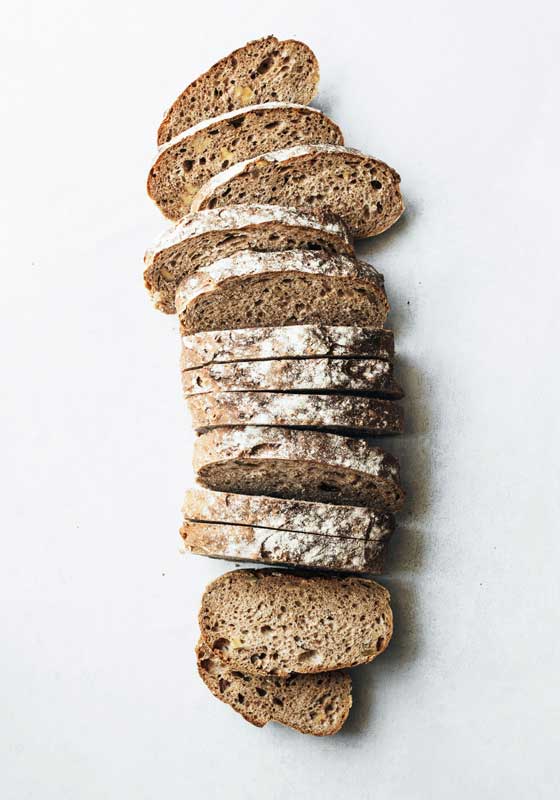There is something quietly profound about a loaf of bread or a pastry that begins with nothing more than flour, water, yeast and salt. In the hands of an artisan baker, these humble elements transform into doughs that carry texture, fragrance and depth of flavour well beyond their simplicity.
Artisan doughs are not merely recipes; they are living, breathing creations nurtured with time, patience and an intimate understanding of fermentation.
At the heart of an artisan dough lies the principle of slow fermentation. Unlike mass-produced breads, which are hurried through the proving process, artisan doughs are given space to breathe and develop.

This deliberate slowness allows natural yeasts and bacteria to interact with the flour, unlocking complex flavours that are nutty, tangy, or faintly sweet depending on the grain. The result is a dough with a character as unique as the baker’s hand that shaped it.
Texture is another defining quality. An artisan baguette, with its brittle crust that splinters into golden shards at the first bite, conceals an interior honeycombed with airy pockets. By contrast, a sourdough boule offers a chewy, resilient crumb that resists before yielding, each slice releasing a whisper of its wild fermentation.
Even enriched doughs like brioche or challah carry a soft, buttery weight, their richness a testament to careful kneading and balanced ingredients.

The making of artisan dough is as much a tactile experience as a culinary one. Bakers speak of the ‘feel’ of the dough, the way it should stretch like silk when gluten is properly developed, or how it relaxes after a bench rest.
These cues are sensed through the fingertips, not dictated by timers or machines. It is an art guided by intuition: the dough tells the baker when it is ready, not the other way around.
Flour itself is never just flour in this context. Each grain variety contributes its own nuances - stone-ground rye with its earthy robustness, spelt with its faint sweetness, or heritage wheats that bring back flavours once nearly lost.
When blended into doughs, these flours offer not only nutrition but also identity, rooting the bread in the traditions of place and soil. For many artisan bakers, sourcing local grains and milling them freshly is as essential as the baking itself, completing a cycle of authenticity.

The crust, too, deserves attention. A well-baked artisan loaf carries a deep caramelisation born from the Maillard reaction, producing aromas reminiscent of roasted nuts or toasted sugar.
The sound of a cooling loaf - a gentle crackling as the crust contracts - is a small symphony that signals craftsmanship. Inside, the crumb tells its own story: open and irregular holes speak of hydration and fermentation, while denser structures reveal different intentions, perhaps for a hearty sandwich bread.
Ultimately, artisan doughs are less about efficiency and more about connection. They connect the baker to ancient traditions of leavening, to the rhythms of fermentation and to the sensory language of touch, smell and taste.

For those who eat them, they connect to something deeply human: the pleasure of tearing into warm bread, of sharing a loaf at a table, of experiencing the alchemy of grain and time.
In every hand-shaped roll, every crust-scored loaf, artisan doughs remind us that food can be both nourishment and narrative - an edible story told through patience, texture and care.







